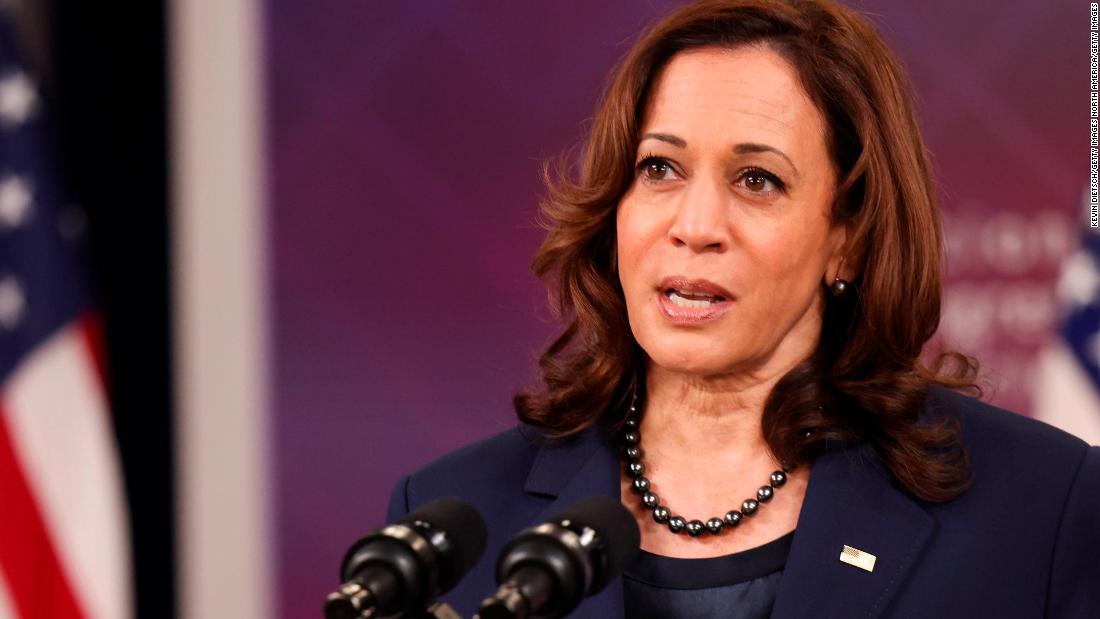Through the administration’s new Lead Pipe and Paint Action Plan, agencies will take a number of steps meant to remove the toxic metal from places where people live, work or go to school, the White House said.
The EPA will begin the process of writing new regulations that would protect communities from lead in drinking water; the Department of Labor will form technical assistance hubs to fast-track removal projects with union workers; agencies will commit to removing lead service lines and paint in federally assisted housing; and a new Cabinet group will focus on lead removal in schools and child care facilities.
The White House says up to 10 million American households and 400,000 schools and child care centers could be exposed to lead through service lines or other fixtures. Low-income communities, and communities of color, are disproportionately affected.
In her remarks, Harris is expected to say that there’s no reason, in the 21st century, people are still being exposed to a substance that was poisoning people back in the 18th century, senior administration officials told reporters.
The administration is allocating $15 billion from the bipartisan infrastructure law for lead service line replacements at the EPA through the Drinking Water State Revolving Fund. It will also allocate an additional $11.7 billion in state revolving funding, which is funding administered by a state to provide low-interest loans for investing in water and sanitation infrastructure.
The Environmental Protection Agency will allocate $3 billion of this $15 billion to states, tribes and territories to replace lead pipes next year, the White House said, and is “calling on states to prioritize underserved communities.”
The EPA is also launching a new regulatory process to protect communities from lead in drinking water.
When the drinking water for the city of Flint, Michigan, was contaminated in 2014 it put a national spotlight on the issue of lead in drinking water. The water contamination in Flint lasted for years, and many advocates say race and poverty factored into how Flint wasn’t adequately protected.
The US Department of Treasury will clarify that the $350 billion for the State and Local Fiscal Recovery Fund that was in the emergency Covid-19 relief bill, known as the American Rescue Plan, can be used to replace lead service lines as well as lead faucets and fixtures.
The EPA and Department of Labor will establish regional technical assistance hubs to help fast track lead pipe removals in coordination with labor unions and local water agencies. The Department of Housing and Urban Development will also award grants in low-income communities to remove lead paint and other home health hazards.
The administration also outlined billions of dollars in funding in the President’s Build Back Better bill, which passed the House but faces an uncertain path in the Senate, that will go toward this goal.
This story has been updated with additional information.
